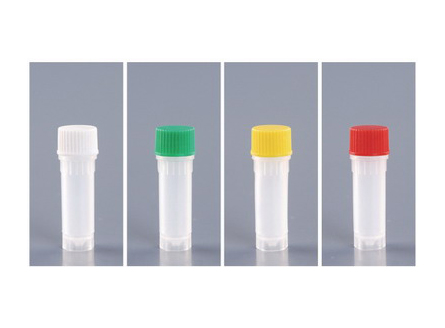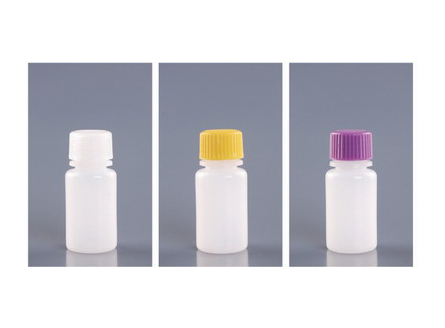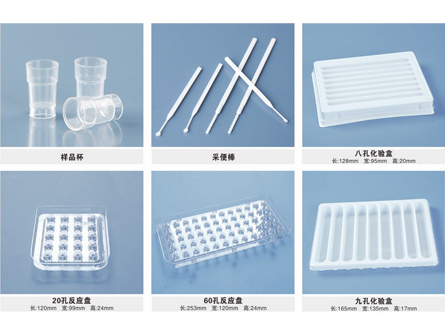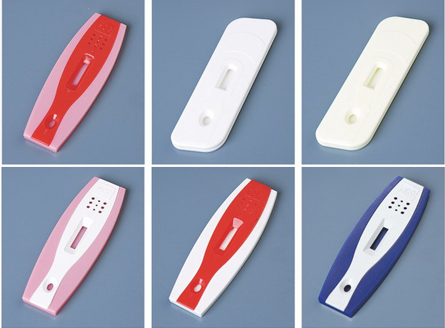
 Serum bottle
Serum bottleThe sealing of the mouth and cap of the s...
 Wide mouthed reagent bottle
Wide mouthed reagent bottleThe wide mouthed reagent bottle adopts in...
 Inspection supplies
Inspection suppliesOur company produces various inspection s...
 Gold Label Card
Gold Label CardThe appearance design and internal struct...
Phone:+86-317-4052076
FAX:+86-317-4052076
Email:[email protected]
Web:2meiwang.cn
Address:Du Sheng Xiang Xiao Liu Village, Cang County, Cangzhou City, Hebei Province
FAX:+86-317-4052076
Email:[email protected]
Web:2meiwang.cn
Address:Du Sheng Xiang Xiao Liu Village, Cang County, Cangzhou City, Hebei Province
Current Location:HOME > NEWS > Industry information >
NEWSApplication of Gold Label Card Colloidal Gold Immunochromatographic Technology i
Time:2017-05-30Publisher:Xingyuan
In recent years, some food operators have ignored the trend of making consumers addicted and profiting excessively& Nbsp; The relevant laws and regulations on food hygiene, which add non food ingredients to food, seriously endanger people's physical health
Gold Label Card BoardColloidal gold technology overcomes these shortcomings. The relevant literature related to the detection of substances in food, most residues in food have limited standards, and qualitative testing alone cannot meet the requirements of food detection. This is the main problem of colloidal gold technology. For non food pigments such as rhodamine, they are not allowed to be detected in food, so there is no problem of quantitative analysis. Therefore, it is feasible to apply gold label card board immunocolloidal gold technology to the detection of rhodamine in food. Melamine is a chemical raw material that is harmful to the body and cannot be used as a food additive.Addition. Song Xu conducted a study on the detection of melamine in dairy products in 2012, using two methods: gold nanoparticle colorimetry and colloidal gold immunochromatography. The former adds melamine droplets into gold nanoparticles and achieves qualitative detection of melamine by visually observing the color changes of gold nanoparticles. This method is simple and suitable for screening and detection of melamine; The latter method achieved the qualitative and quantitative detection of melamine in dairy products by developing melamine colloidal gold immunochromatographic test strips. This experiment confirms that the sensitivity, repeatability, and stability of the test strip are good